Expanding Applications in Healthcare
The healthcare sector is increasingly adopting porous glass materials, which is a key driver for the Porous Glass Market. Porous glass is utilized in various applications, including drug delivery systems, tissue engineering, and as scaffolds for cell growth. The biocompatibility and customizable properties of porous glass make it an attractive option for medical applications. The market for porous glass in healthcare is expected to grow significantly, with estimates suggesting a potential increase of over 8% annually. This trend indicates that the Porous Glass Market is likely to see substantial growth as healthcare providers seek innovative solutions for patient care.
Technological Innovations in Production
Advancements in manufacturing technologies are significantly impacting the Porous Glass Market. Innovations such as sol-gel processes and improved sintering techniques enhance the quality and performance of porous glass products. These technologies allow for the production of materials with tailored porosity and pore size, catering to specific applications in filtration, biomedical, and electronics sectors. The market is witnessing a surge in research and development activities, with investments aimed at optimizing production efficiency and reducing costs. As a result, the Porous Glass Market is likely to experience increased competitiveness and product diversity, appealing to a broader range of industries.
Rising Demand for Eco-Friendly Materials
The increasing emphasis on sustainability is driving the Porous Glass Market. As industries seek to reduce their environmental footprint, porous glass, known for its recyclability and low energy consumption during production, is gaining traction. The market is projected to grow at a compound annual growth rate of approximately 6% over the next five years, reflecting a shift towards eco-friendly materials. This trend is particularly evident in construction and packaging sectors, where porous glass is utilized for insulation and lightweight packaging solutions. The growing awareness of environmental issues among consumers further propels this demand, suggesting that the Porous Glass Market is well-positioned to benefit from these sustainability initiatives.
Growth in Filtration and Separation Technologies
The demand for efficient filtration and separation technologies is propelling the Porous Glass Market. Porous glass is increasingly used in water treatment, air purification, and industrial filtration applications due to its superior filtration capabilities. The market for filtration systems is projected to expand, with a focus on sustainable and effective solutions. As industries face stricter regulations regarding emissions and waste management, the need for advanced filtration technologies becomes paramount. This trend suggests that the Porous Glass Market is poised for growth, driven by the increasing need for high-performance filtration solutions.
Increased Investment in Research and Development
Investment in research and development is a crucial driver for the Porous Glass Market. Companies are focusing on developing new applications and improving existing products through innovative research. This investment is not only enhancing product performance but also expanding the range of applications for porous glass. The market is witnessing collaborations between academic institutions and industry players, fostering innovation and technological advancements. As a result, the Porous Glass Market is likely to benefit from a continuous influx of new ideas and products, positioning it for sustained growth in the coming years.


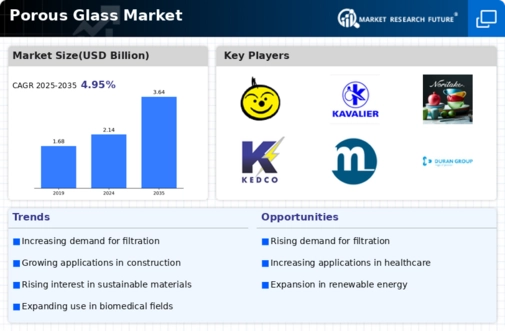
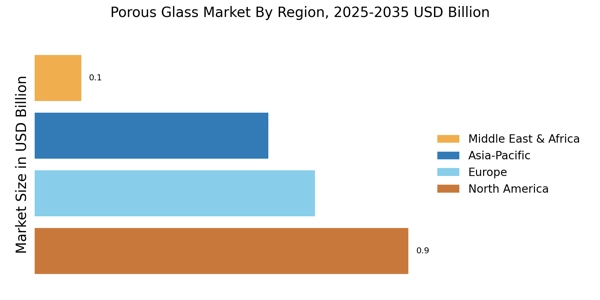
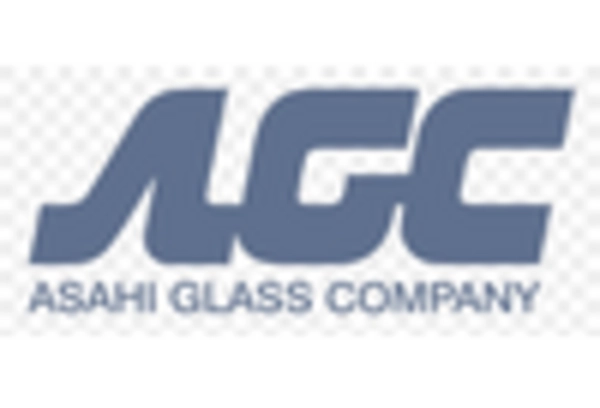
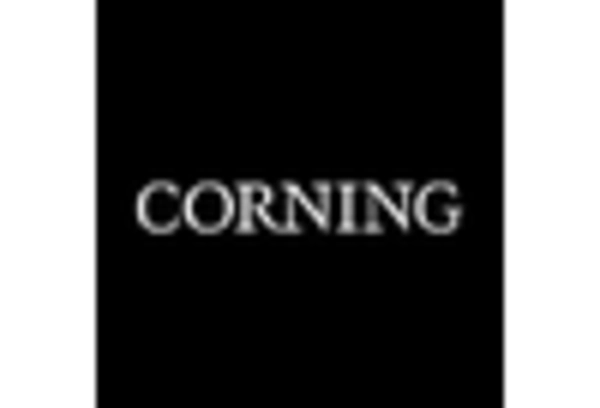
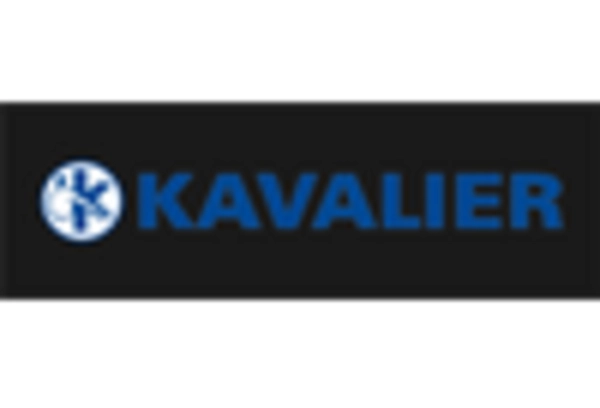


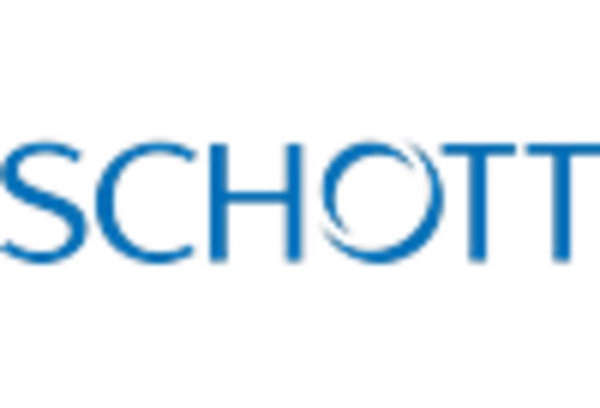








Leave a Comment